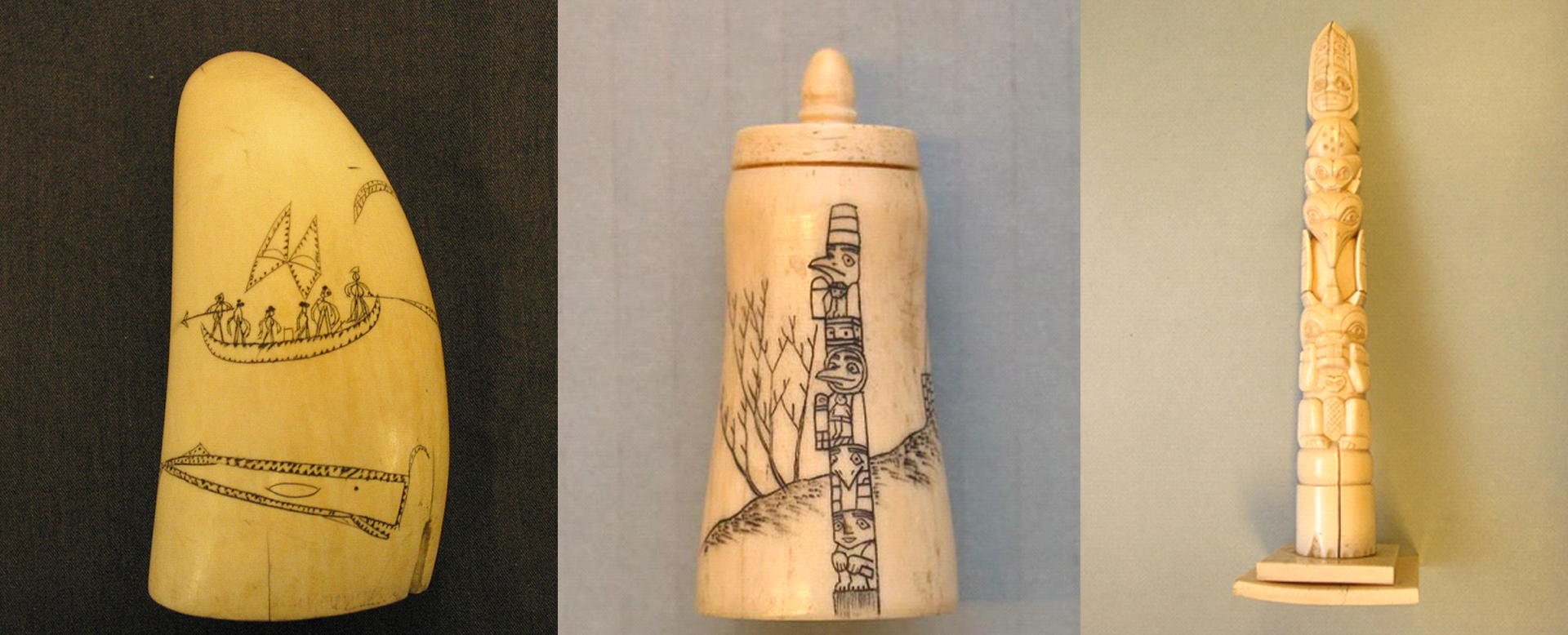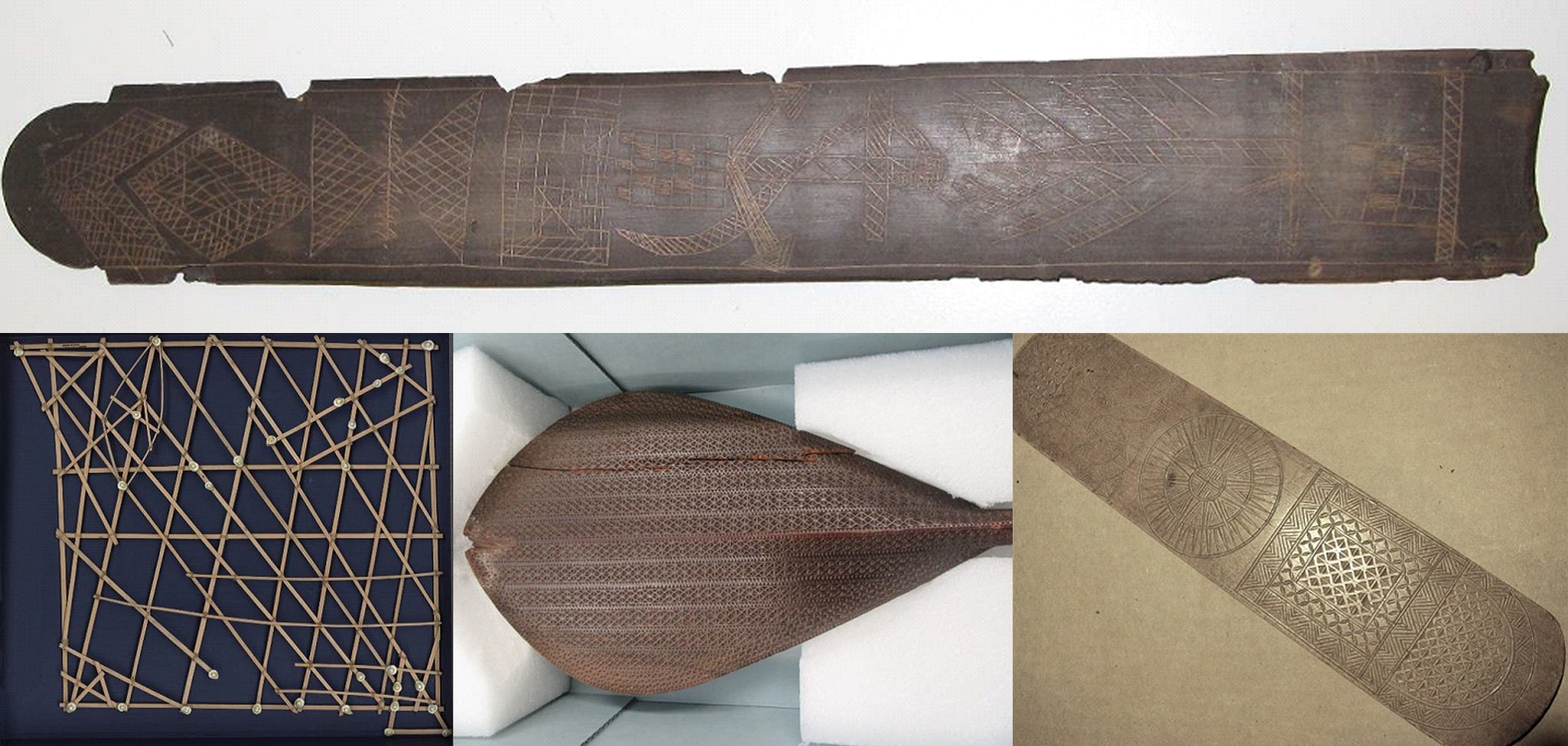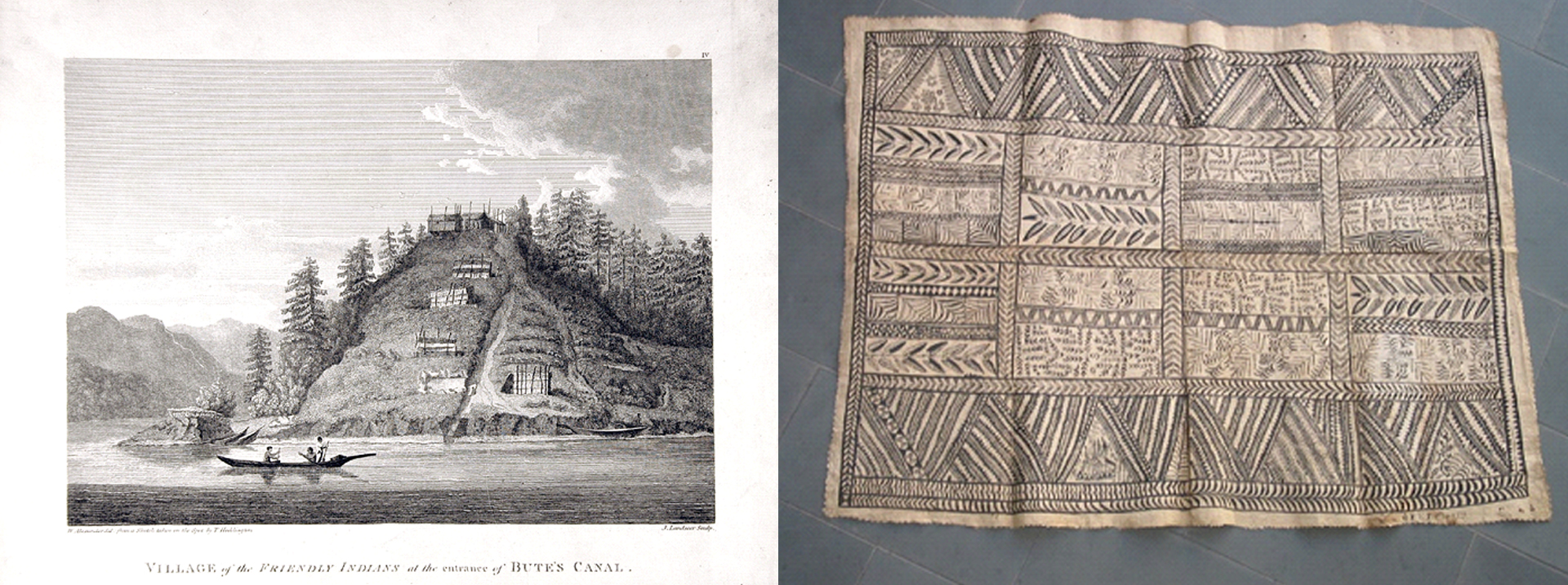
THE WIDER WORLD & SCRIMSHAW
Tuesday, March 28, 2023 | 10:00am -5:00pm
Program of Events
9:30am – public registration & light refreshment, Jacobs Family Gallery
10:00am – Welcoming Remarks, Amanda McMullen, New Bedford Whaling Museum
10:15am-12:00pm, Panel I
The Space of the Oceans and Museums
-Scrimshaw and the Wider World Exhibition Presentation, Naomi Slipp & Michael Dyer
-Courtney M. Leonard, Assistant Professor of Art and Art History, St. Olaf College
-Marina Wells, PhD Candidate, American and New England Studies, Boston University
-Michael R. Harrison, Chief Curator and Obed Macy Research Chair, Nantucket Historical Association
-Audience and Panelist Q+A
12:00-1:00pm Lunch Break | suggestions provided
1:00-2:45pm, Panel II
The Pacific Islands and Oceania
-Maggie Cao, David G. Frey Associate Professor of Art History, University of North Carolina, Chapel Hill
-Jennifer J. Wagelie, Academic Liaison, Jan Shrem and Maria Manetti Shrem Museum of Art, University of California, Davis
-Sienna Weldon, MA Candidate, Art History, University of California, Davis
-alejandro t. acierto, Assistant Professor, School of Humanities, Arts and Cultural Studies, Arizona State University
-Audience and panelist Q+A
2:45-3:15pm Coffee Break
3:15-5:00pm, Panel III
The Global Arctic and Pacific Northwest
-Igor Krupnik, Cultural Anthropologist and Curator of Arctic and Northern Ethnology Collections, National Museum of Natural History, Smithsonian Institutions
-Bart Pushaw, Postdoctoral Fellow, University of Copenhagen
-Stephen Loring, Archeologist (Arctic Studies Center), National Museum of Natural History Museum, Smithsonian Institutions
-Emily Jean Leischner, PhD candidate, Department of Anthropology, University of British Columbia
-Audience and Panelist Q+A
5:00pm, Closing remarks, Naomi Slipp, New Bedford Whaling Museum
The Wider World & Scrimshaw
Tuesday, March 28, 2023 | 10:00am -5:00pm
Offered in-person: Cook Memorial Theater, New Bedford Whaling Museum, and virtually (via zoom)
Registration required, $10 members | $15 for non-members
Join us for a day-long symposium, where renowned and emerging scholars explore the global carving traditions from across the Pacific Rim that were influenced by, sat in conversation with, and had an influence on “Yankee” whaling scrimshaw. The day celebrates international maritime material culture, explores a dynamic global narrative, and dives deep into the Whaling Museum’s Indigenous collections from Oceania, the Pacific Northwest, and Global Arctic.





This program is generously supported by a grant from the Terra Foundation for American Art, with additional contributions from individual donors.

The Terra Foundation for American Art, established in 1978 and having offices in Chicago and Paris, supports organizations and individuals locally and globally with the aim of fostering intercultural dialogues and encouraging transformative practices that expand narratives of American art, through the foundation’s grant program, collection, and initiatives. Learn more at terraamericanart.org.

